Tully Monster
Tullimonstrum gregarium
[Richardson]
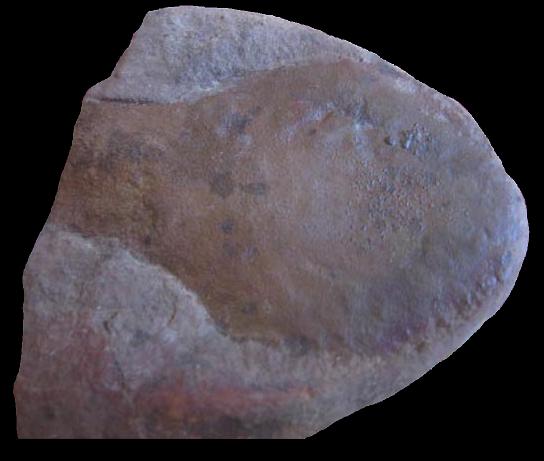
Photographed by Michael P. Klimetz
[In Siderite Nodule]
Mazon Creek
Pennsylvanian
ILLINOIS
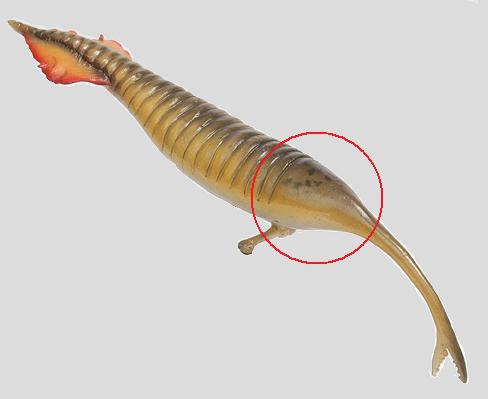
Interpretation
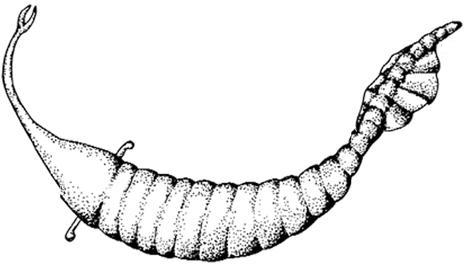
Interpretation
Eye Bar
Proboscis
The Tully Monster (Tullimonstrum gregarium), so far apparently unique to Illinois, was a soft-bodied invertebrate that lived in shallow tropical coastal waters of muddy estuaries during the Pennsylvanian. The term 'monster' relates to the creature's outlandish appearance and strange body plan, rather than its size, since fossil specimens are mostly less than 20 cm in length. The Tully Monster had a pair of fins not unlike a cuttlefish at the tail end of its body, and possibly vertical fins as well (though the fidelity of preservation of fossils of its soft body makes this difficult to determine), and a long proboscis with eight small sharp teeth with which it may have probed actively for small creatures and edible detritus in the muddy bottom. A stalk protruding from either side of the lower forward body may have had an eye or other sensory organ at its tip, but this is speculative. It was part of the ecological community represented in the unusually rich group of soft-bodied organisms found among the assemblage called the Mazon Creek fossils from their site in Grundy County, Illinois. The formation of the Mazon Creek fossils is unusual. When the creatures died, they were rapidly buried in silty outwash. The bacteria that began to decompose the plant and animal remains in the mud produced carbon dioxide in the sediments around the remains. The carbon dioxide combined with iron from the groundwater around the remains, forming encrusting nodules of siderite, which created a hard permanent 'cast' of the animal which slowly further decayed, leaving a carbon film on the cast. The combination of rapid burial and rapid formation of siderite resulted in excellent preservation of the many animals and plants that ended up in the mud. As a result, the Mazon Creek fossils are one of the world's major Lagerstätten, or concentrated fossil assemblages. Amateur fossil collector Francis Tully found the first of these fossils in 1958 and took the strange creature to the Field Museum in Chicago. Paleontologists remain stumped as to which phylum Tullimonstrum belongs. Tullimonstrum gregarium was officially designated the State Fossil of Illinois in 1989.
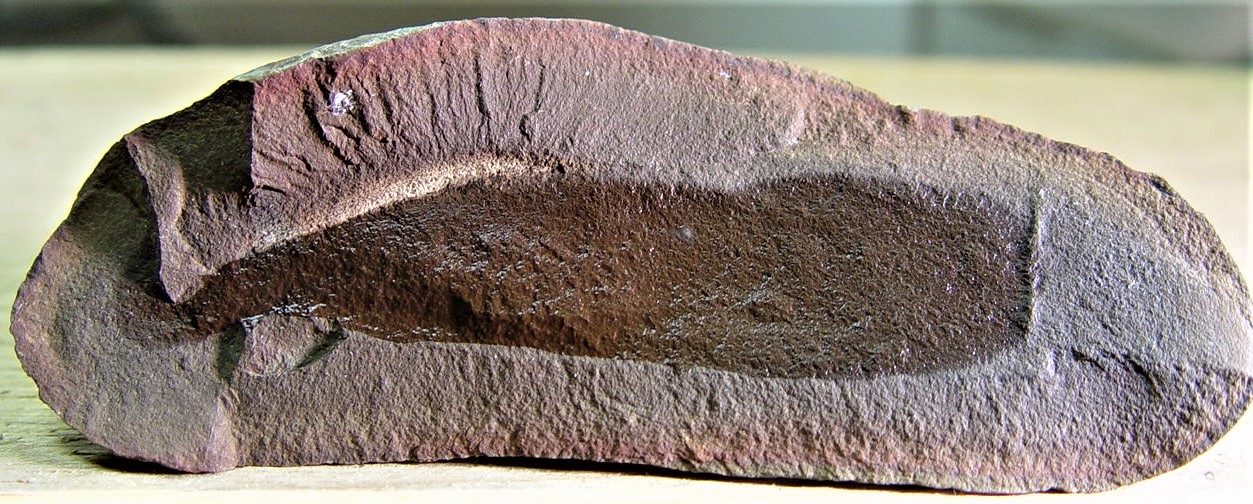
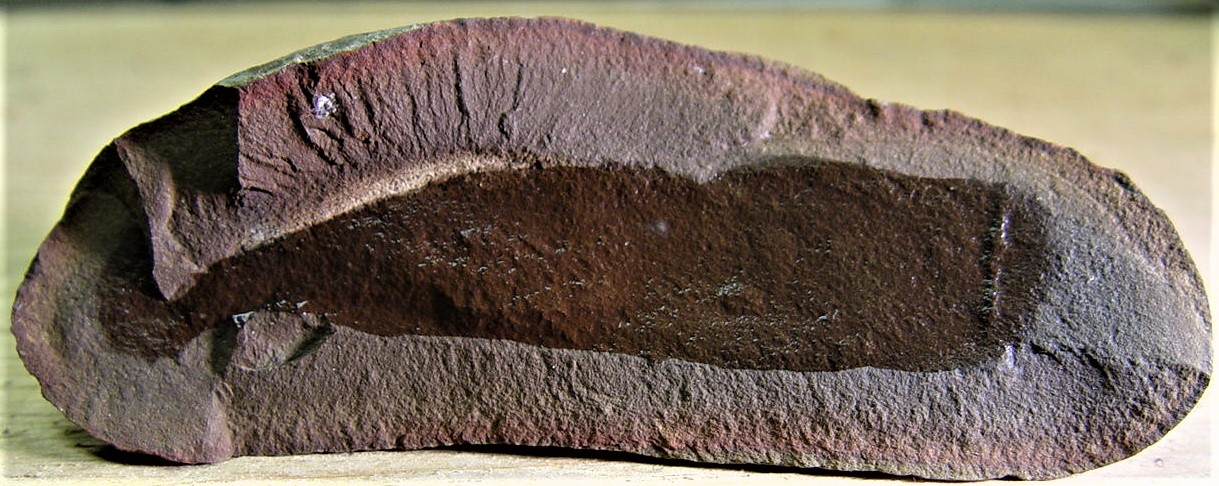
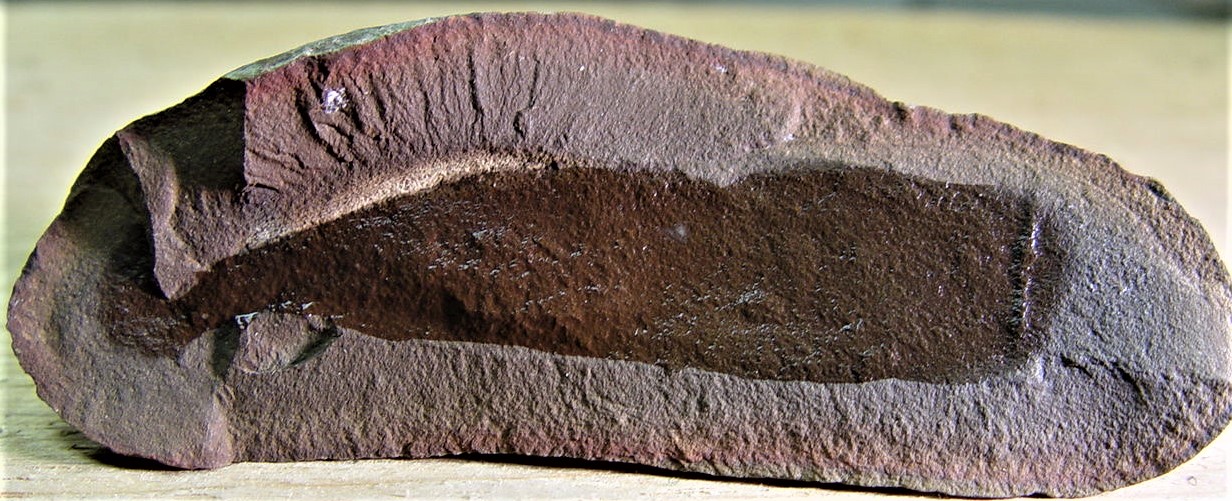
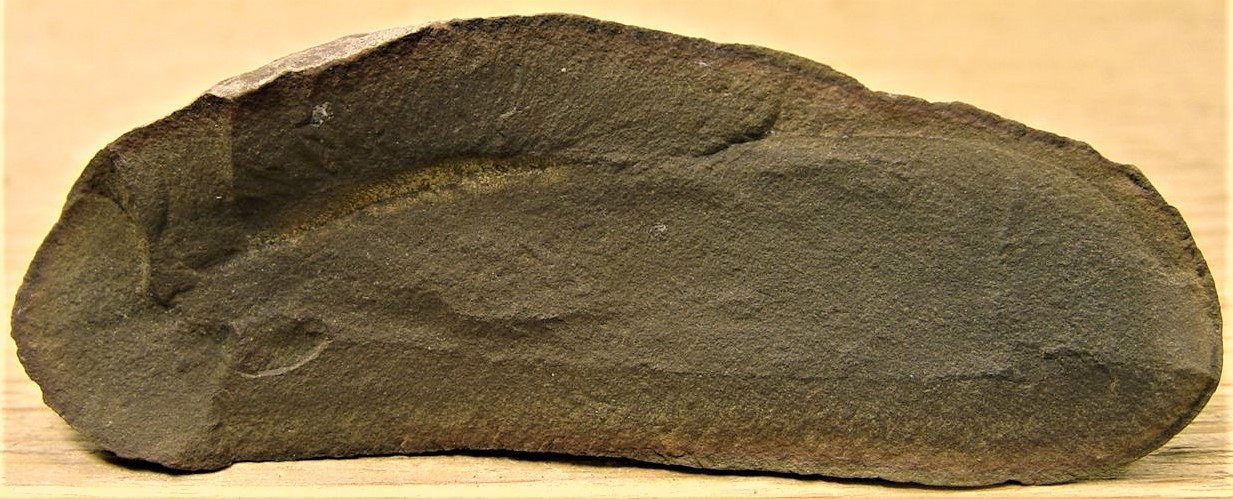
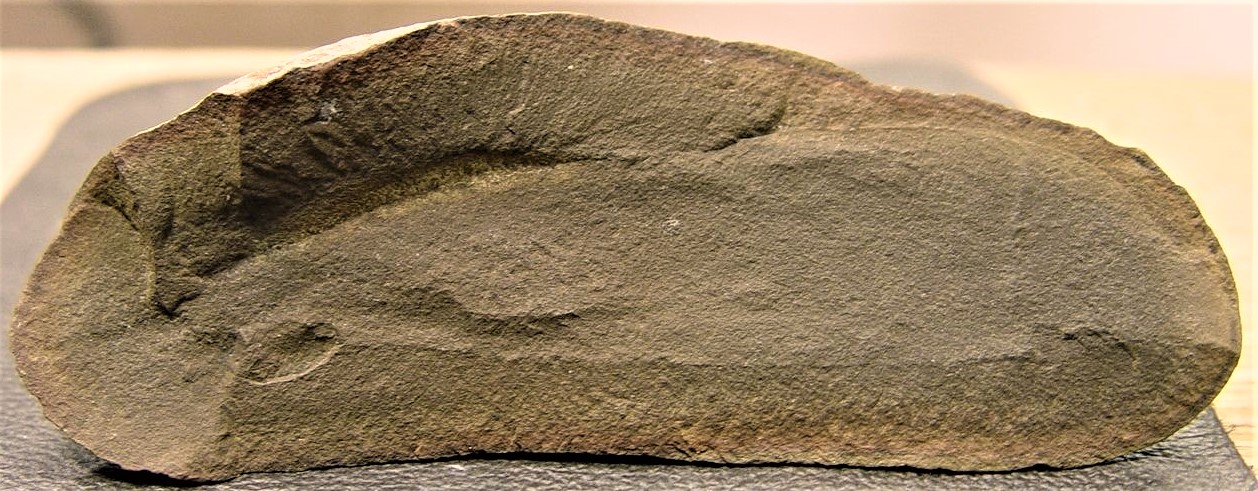
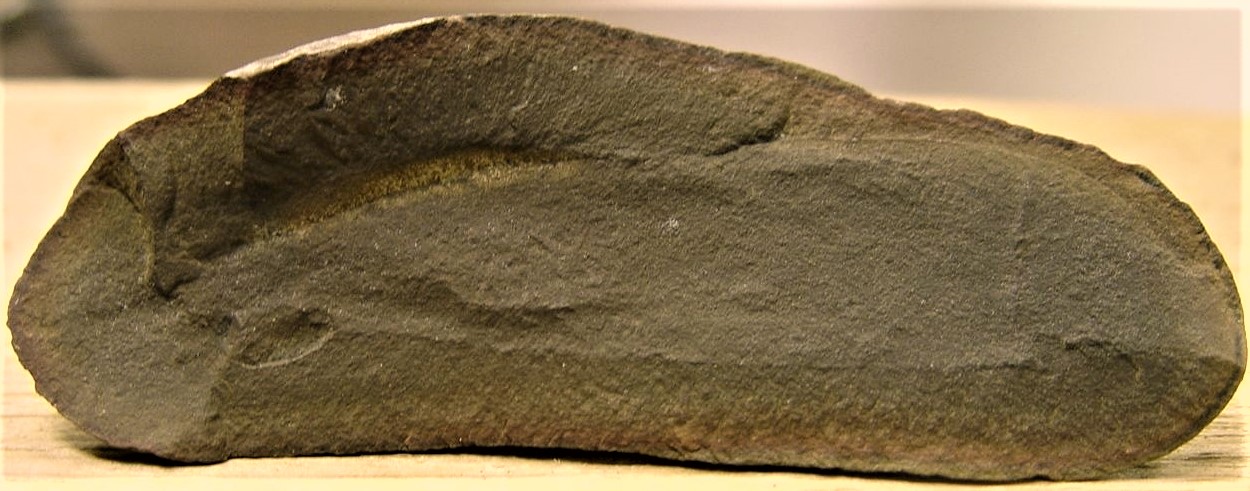
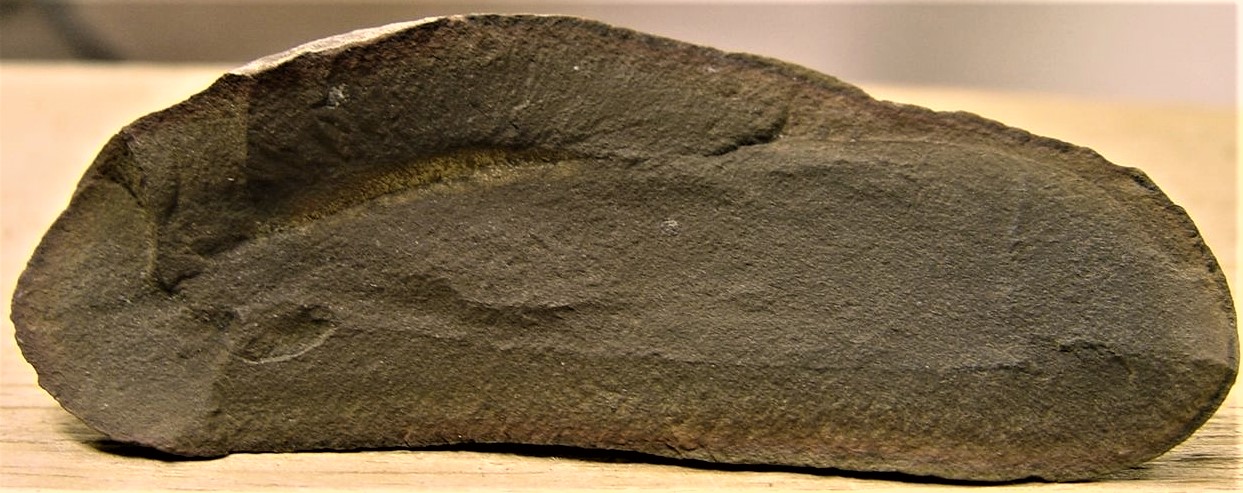
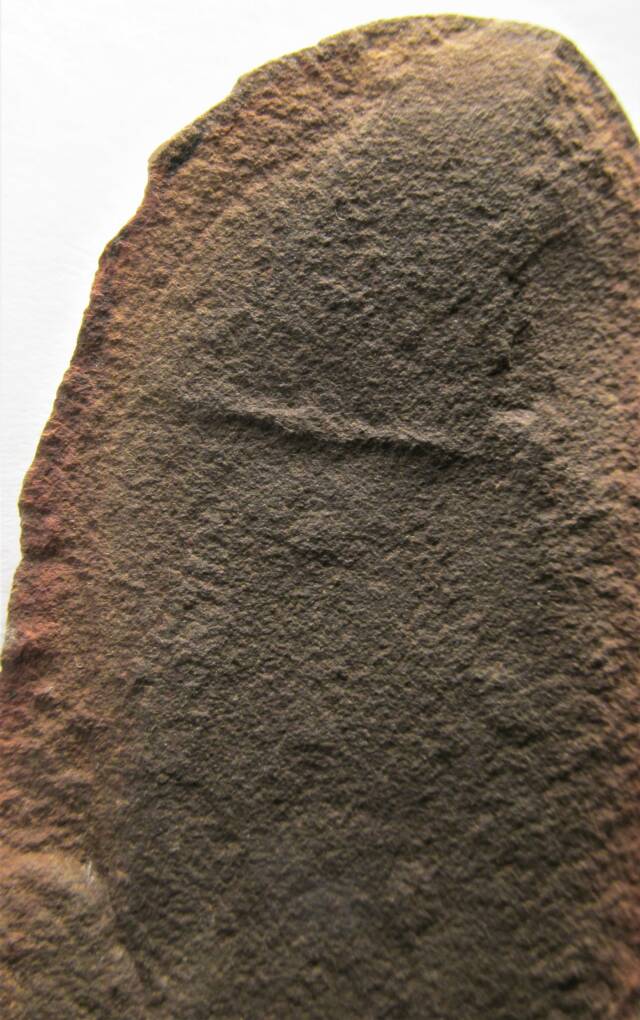
Eye Bar
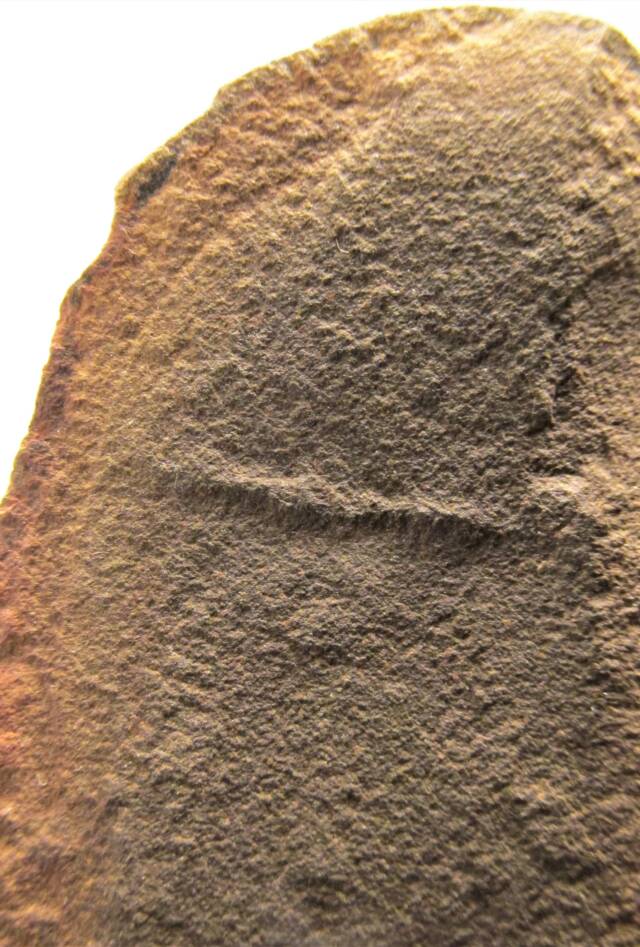





Photographs by Michael P. Klimetz
[Near Complete in Siderite Nodule]
Pennsylvanian-Desmoinesian
Liverpool Cyclothem
Mazon Creek Pit 11
Braidwood
Will County
ILLINOIS
Wetted Specimen
Wetted Specimen
Wetted Specimen
Dry
Specimen
Dry
Specimen
Dry
Specimen
Dry
Specimen
 | ||||
Relict
Eye Orbits
[?]